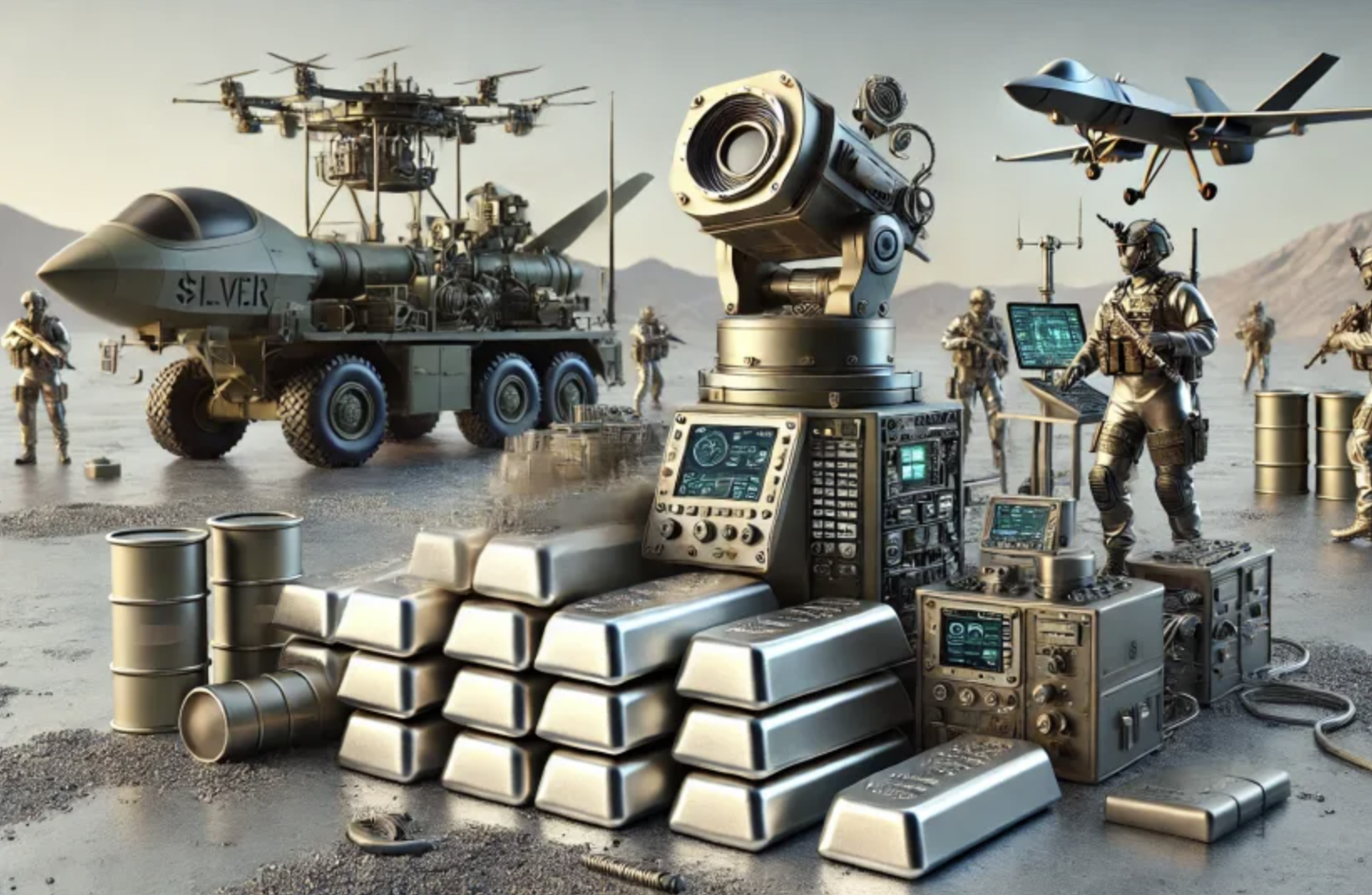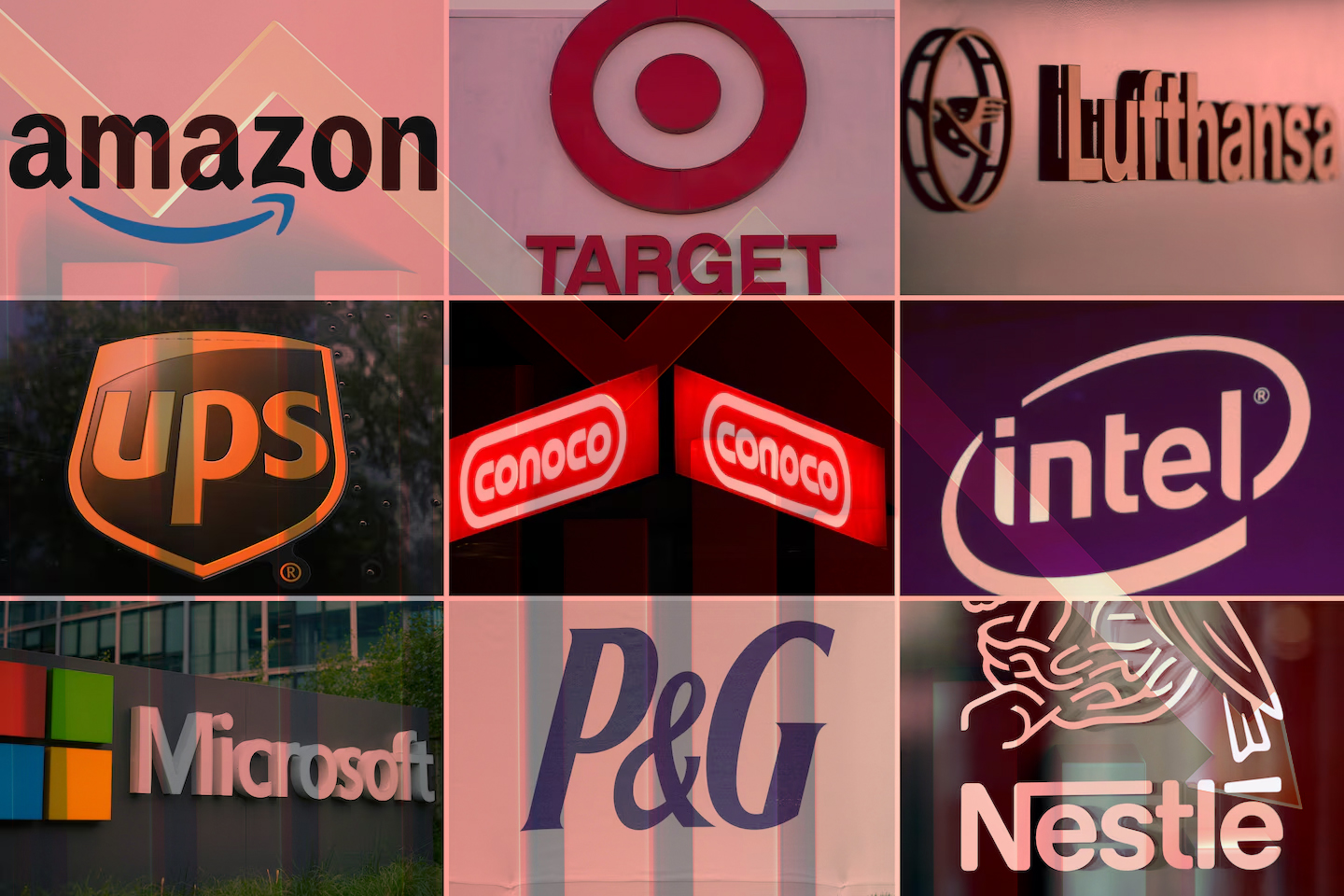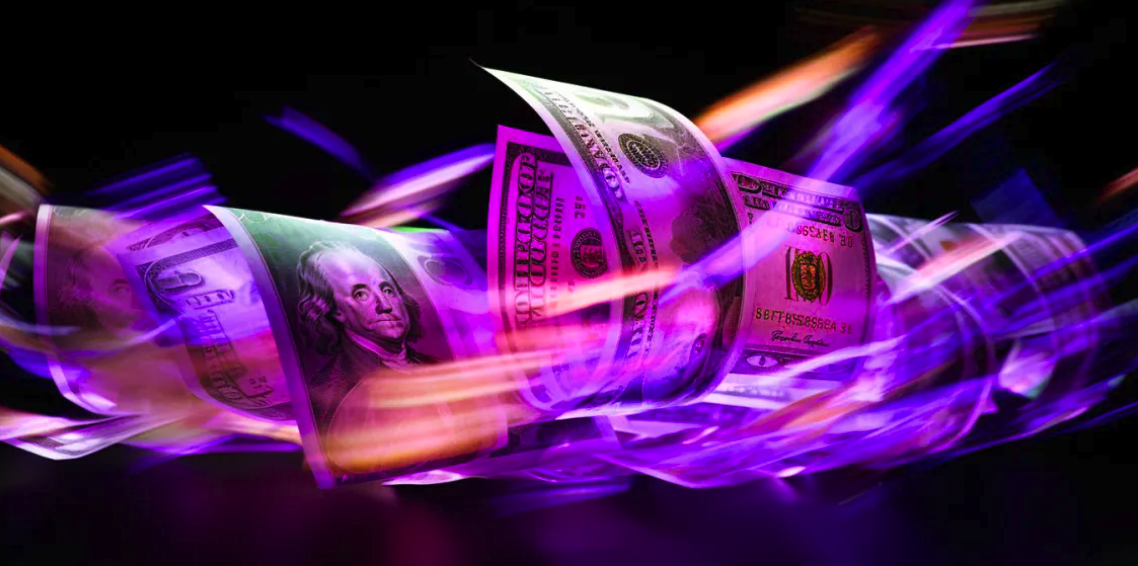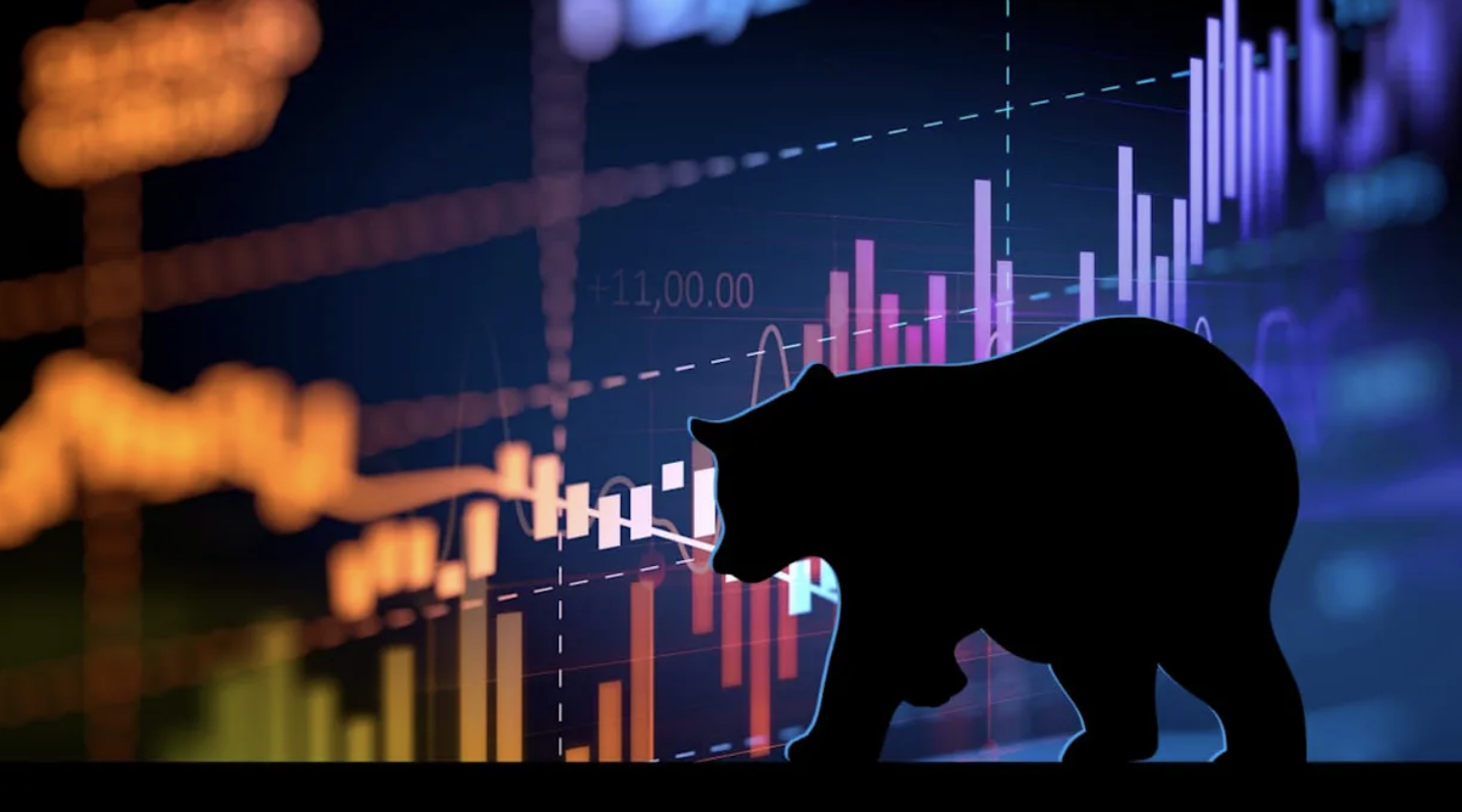Military consumption of silver could far exceed industrial demand

The military’s hidden demand for silver could be far greater than we realize, with significant implications for global prices and supply chains. Could silver be the next big commodity squeeze?
While silver's role in consumer electronics and renewable energy is well-known, a lesser-discussed aspect of its industrial demand lies within the often-secretive realms of military and aerospace technology.
Recent analysis suggests that military usage of silver may be substantially greater than any other industry category, including electronics, solar panels, and investment demand combined. This information, brought to light by silver market experts, raises significant questions about the transparency of silver demand data and the potential impact on future silver prices.
The Hidden Military Demand for Silver
For years, the silver market has focused on industrial applications such as electronics, solar panels, and medical devices as the primary drivers of demand. However, five U.S. government agencies, including the Department of Defense, Department of Energy, Department of Interior, and the U.S. Geological Survey, have collectively stopped reporting on silver inventories since 1995-1996.
The military’s appetite for silver is well documented and was notable during the Manhattan Project, America’s successful attempt at building the first operational nuclear weapon.
In complete secrecy, the United States removed 430 million ounces of silver from the West Point Bullion Depository to turn 1,000-ounce silver bars into cylindrical billets and wound them onto magnetic coils.
Actions like these, which have come to light in recent years, have led many silver investors to be wary of government-released information on its usage of the white metal.
Military applications of silver, often under-reported or omitted from official data, include:
- Rockets and missiles
- Bombs and shells
- Fighter jets
- Satellites
- Tanks and submarines
- Torpedoes
- Night vision goggles
- Communications devices
- Radar systems
- Space technology
- Nuclear technology
The hidden military demand for silver could potentially outpace industrial applications as we progress through time and technology advances. Escalating geopolitical tensions and potential conflicts may drive this increase, making silver's role in military applications increasingly significant. This shift could have a substantial impact on the overall silver market, potentially influencing prices and supply dynamics.
The military uses silver for a variety of reasons, including:
- Conductivity: Silver is an excellent conductor of electricity, making it ideal for use in electrical components such as wires, switches, and connectors. This is particularly important in military applications where reliability and performance are critical.
- Antimicrobial properties: Silver has natural antimicrobial properties that can help to prevent the growth of bacteria and fungi. This makes it ideal for use in medical equipment, such as catheters and wound dressings, as well as in military applications where hygiene is important.
- Corrosion resistance: Silver is highly resistant to corrosion, making it a durable and long-lasting material for use in harsh environments. This is particularly important in military applications where equipment may be exposed to extreme weather conditions, salt water, or other corrosive substances.
- Reflectivity: Silver is a highly reflective metal, making it ideal for use in mirrors, optics, and other applications where light reflection is important. This is particularly important in military applications such as night vision equipment and laser systems.
- Heat conductivity: Silver is a good conductor of heat, making it ideal for use in heat sinks and other applications where heat dissipation is important. This is particularly important in military applications such as electronic equipment and weapons systems.
It is important to note that the military's demand for silver is classified, and there is limited public information available on the specific applications of silver in military equipment. However, the properties listed above are likely to be among the most important factors driving the military's demand for silver.
Other Industrial Applications of Silver
While military usage may be underreported, silver's role in various industries is well-documented:
- Photovoltaic (Solar Energy):
- Silver is used as conductive ink in photovoltaic cells
- Global photovoltaic demand for silver has grown at a compound annual rate of 12% over the last decade
- China now leads in solar panel manufacturing, producing 60% of global output
- Medical Applications:
- Silver has powerful antibacterial properties
- Used in hospital water systems, catheters, furniture, and surgical tools
- Silver-embedded bandages are effective for healing burn wounds
- Nanotechnology uses silver as an antimicrobial agent
- Photography:
- Once the largest consumer of silver, peaking in 1999 at 25% of total fabrication
- Demand has declined due to digital photography, but still significant in x-ray applications
- Other Industrial Uses:
- Solder and brazing alloys
- Batteries & Electric Vehicle batteries
- Dentistry
- Glass coatings
- LED chips
- RFID chips
- Semiconductors
- Touch screens
- Water purification
The Scale of Industrial Demand
- Industrial uses account for more than half of annual silver demand worldwide over the last five years
- The biggest consumers for industrial applications include the US, Canada, China, India, Japan, South Korea, Germany, and Russia
U.S. Reliance on Silver Imports
The United States heavily depends on silver imports:
- In 2021, the U.S. imported 6,500 million tons of silver
- The U.S. is 79% import-reliant for its silver needs
- From 2017 to 2020, Mexico provided 47% of these imports, followed by 23% from Canada
Silver's Omission from Critical Materials Lists
Despite its crucial role in military and industrial applications, silver is conspicuously absent from official critical materials lists published by the U.S. Department of Energy and the U.S. Geological Survey in 2022.
Neither silver nor gold made the cut. This absence has sparked debate, as silver’s strategic importance continues to grow across multiple industries, with demand surging globally.


Shown is a chart revealing the amount of silver reserves held by the U.S. treasury from 1940 through 2020. (Source: CPM Group)
With silver’s critical applications and growing industrial demand, many experts question whether its exclusion might warrant a reassessment.
see also - Why is Silver Missing from U.S. Critical Materials Lists?
Implications for the Silver Market
The combination of significant military demand and diverse industrial applications could have profound implications for the silver market:
- Supply constraints: With substantial demand from both military and industrial sectors, the silver market may be tighter than previously thought.
- Price potential: As awareness of total demand grows, it could drive silver prices higher.
- Geopolitical considerations: Silver's strategic importance in military and industrial applications may lead to increased government interest in securing supplies.
- Market transparency: Questions arise about the accuracy and completeness of official silver demand data.
Looking Ahead
The true strategic importance of silver in military and industrial applications may be far greater than publicly acknowledged, making it a critical resource for national security, technological advancement, and industrial growth.
The interplay between military demand, industrial applications, and investment interest will likely shape the future of the silver market, potentially leading to a significant revaluation of this versatile and indispensable metal.




